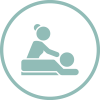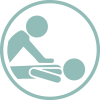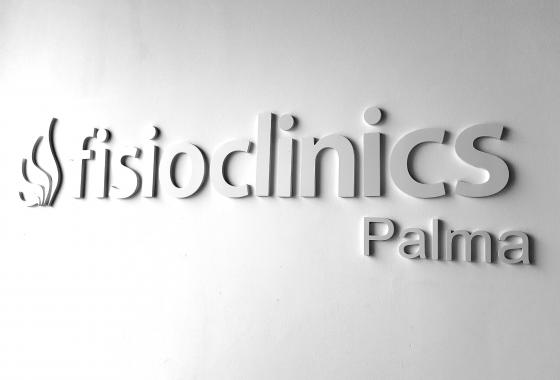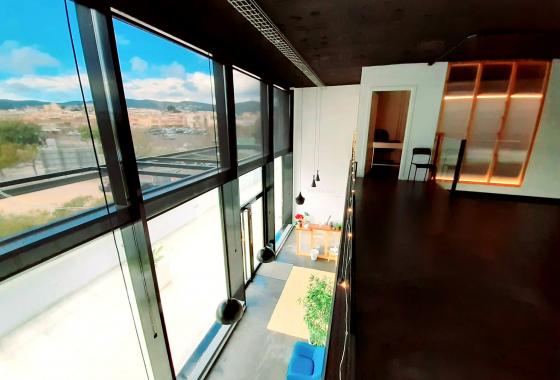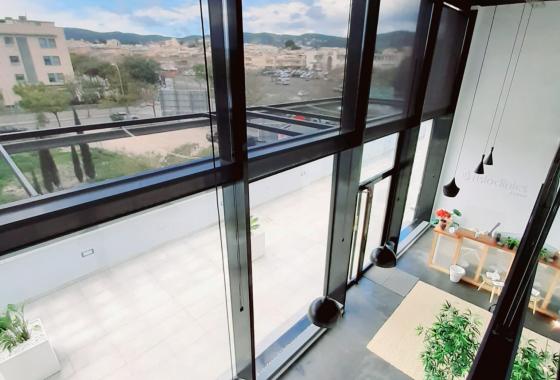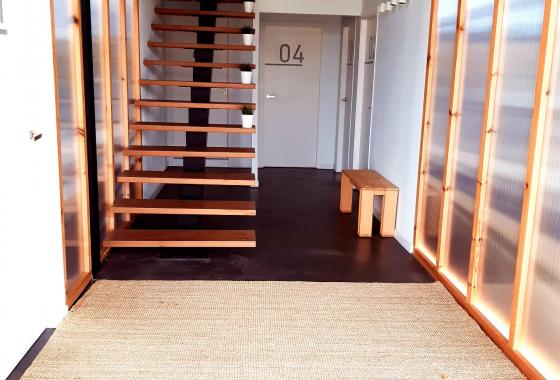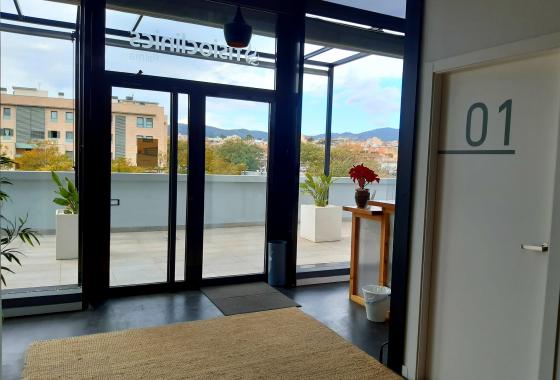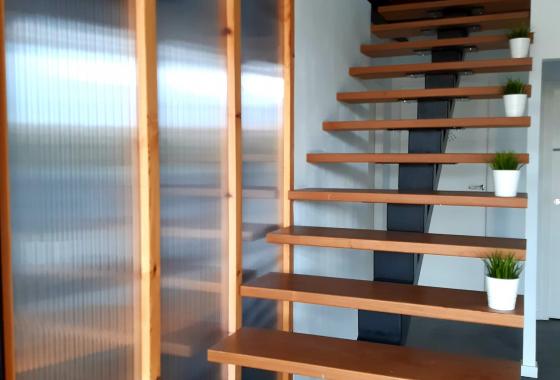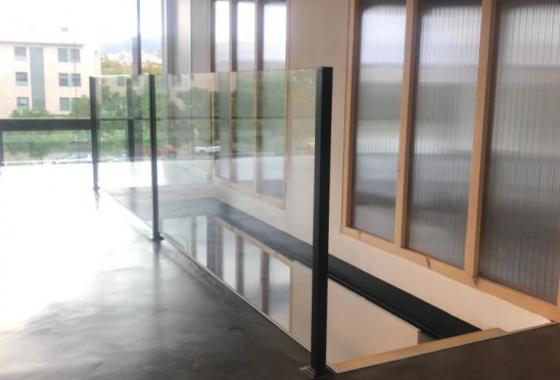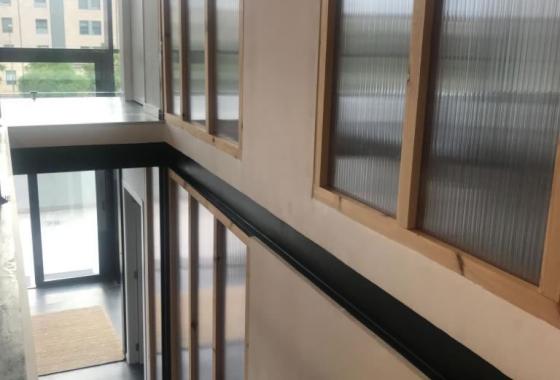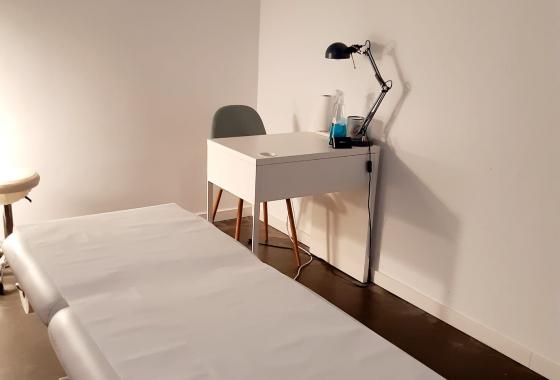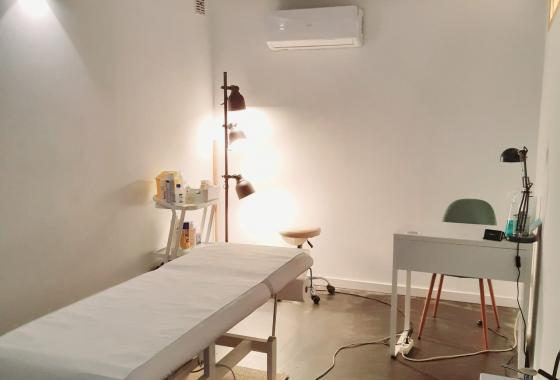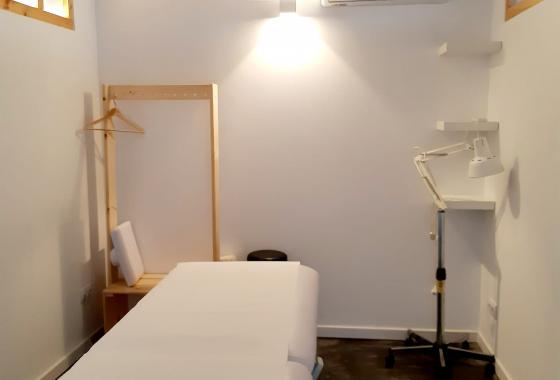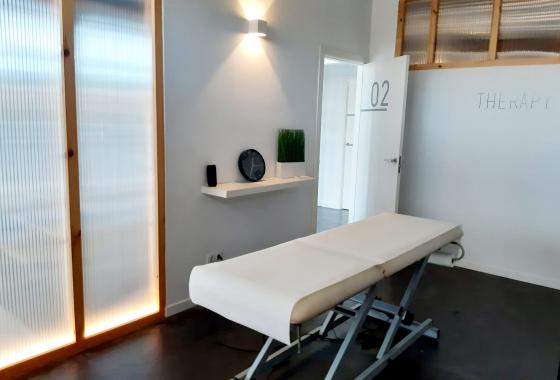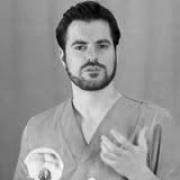At FisioClinics Palma de Mallorca we have physiotherapists and osteopaths who are experts in the treatment of Sciatica and Lumbosciatica, with us you will find the solution to that disabling sciatic pain. If you have Sciatica or Lumbosciatica and want to know more about your condition, continue reading the following article.
What is Sciatica?
From the anatomical point of view, the sciatic nerve is the largest nerve of the human body, which is formed by several nerve endings that originate in the spine, starting in the spine, passing through the buttocks and through the back of the thigh, this when it reaches the level of the knee is divided into two nerves, reaching the feet. Pain with a tingling sensation or stitches may appear anywhere along the nerve path, generally caused by some compression or due to other factors.
Sciatica or Lumbosciatica is characterized by an inflammation of the sciatic nerve, causing acute pain and insists that it affects the sciatic nerve, this originating in the lower lumbar area, being able to radiate towards the buttocks, hips, legs up to the ankle.
One of the most common causes for presenting Sciatica or Lumbosciatica is the presence of a herniated disc, stenosis of the spinal canal or pyramidal syndrome, there are others that you will know later.
What are the symptoms of Lumbosciatica?
The most frequent symptoms of Lumbosciatica are those that are in the presence of:
-
A constant pain at the level of a gluteus or in a single lower limb.
-
Pain that visibly worsens when you stay seated.
-
The presence of a stabbing pain, which makes it difficult to stand or walk.
-
Pain that may be aggravated by coughing, sneezing, or flexing the foot or knee.
-
Existence of burning or tingling down the leg.
-
There is weakness, numbness, or difficulty in mobilizing the leg or foot.
-
There could also be loss of muscle mass.
What Causes Sciatica Pain?
Sciatica Pain occurs when the sciatic nerve is compressed or pinched. This can be the result of lumbar disc herniation, bone spurs, or other conditions such as osteoarthritis.
Related causal factors are:
-
Age-related wear and aging of tissue.
-
Muscle strain in the back due to repetitive physical activity, poor posture, muscle imbalances, or heavy lifting
-
Direct physical injuries such as a car accident or a fall.
-
Pelvic injury or fracture.
How is the medical diagnosis of Sciatica made?
To confirm the medical diagnosis of Sciatica or Lumbosciatica, it will be necessary to comply with some procedures
-
Physical examination: which consists of muscle tests, neurological tests, palpation tests, general biomechanical assessment, and gait study.
-
Imaging tests: imaging studies such as magnetic resonance imaging, in which the progression of the lesion will be confirmed and the presence of other conditions is ruled out.
 Physiotheraphy
Physiotheraphy Osteopathy
Osteopathy Massage
Massage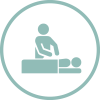 Lymphatic
Lymphatic Group classes
Group classes Home
Home Baby
Baby
